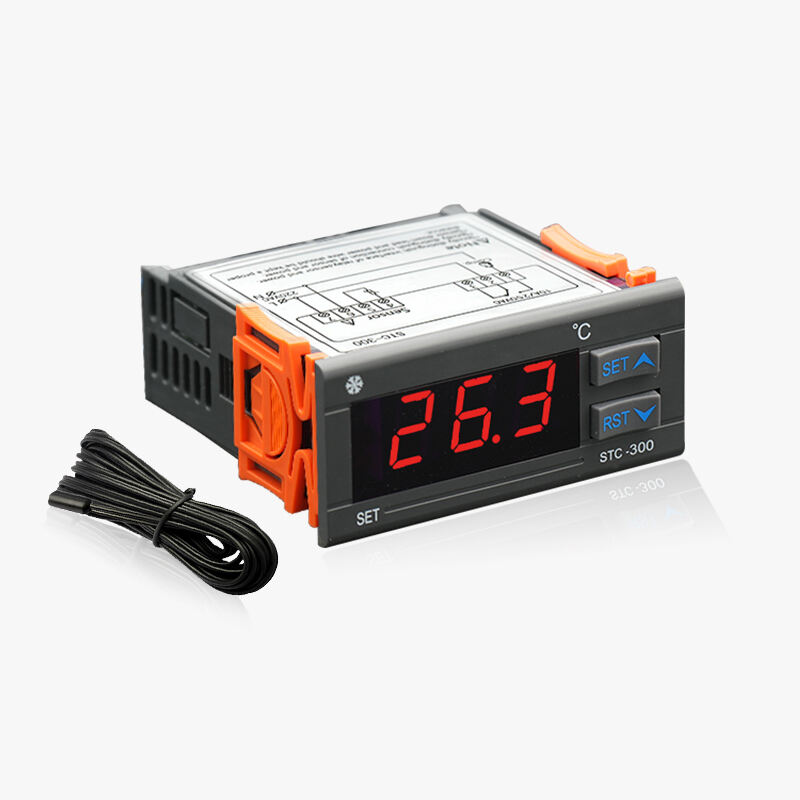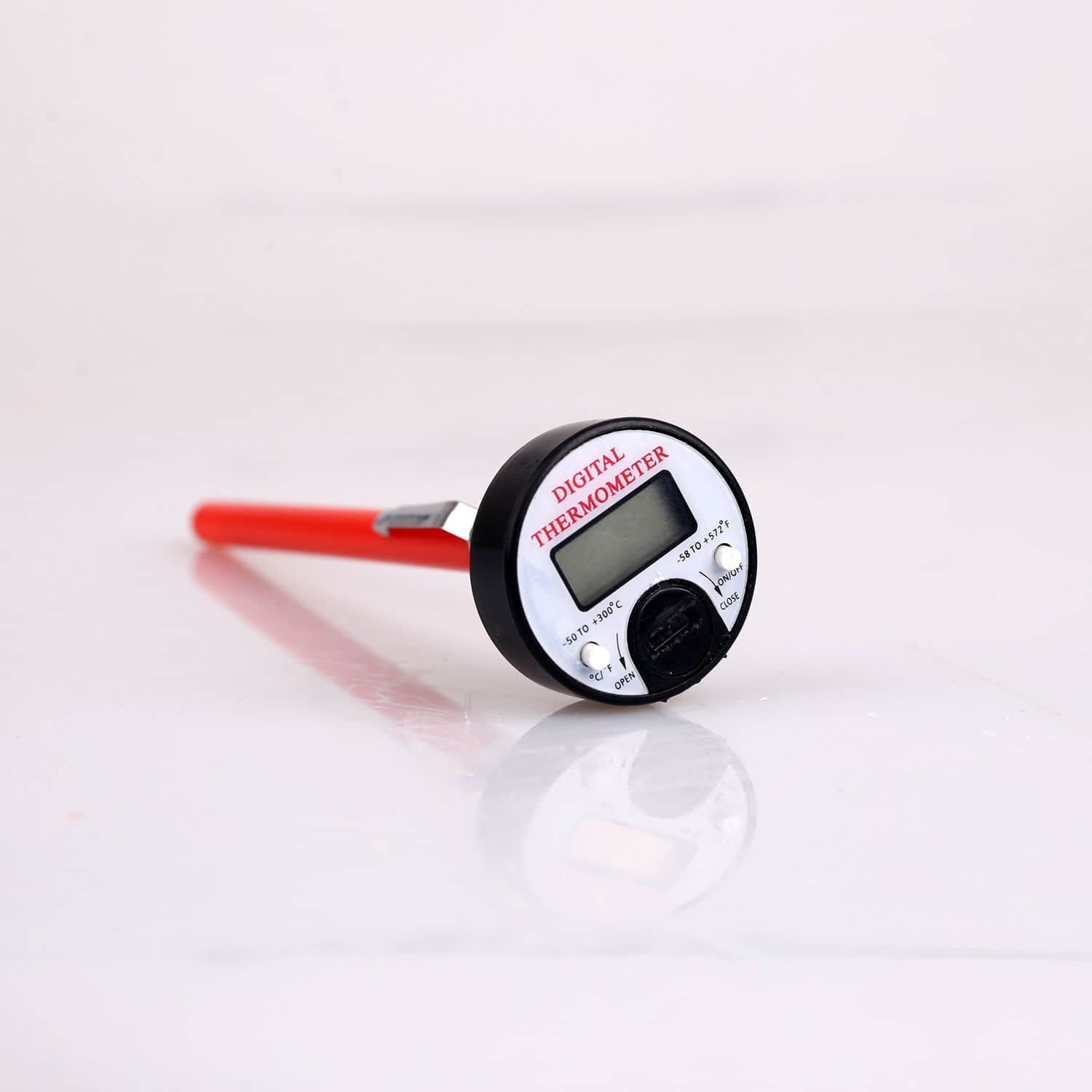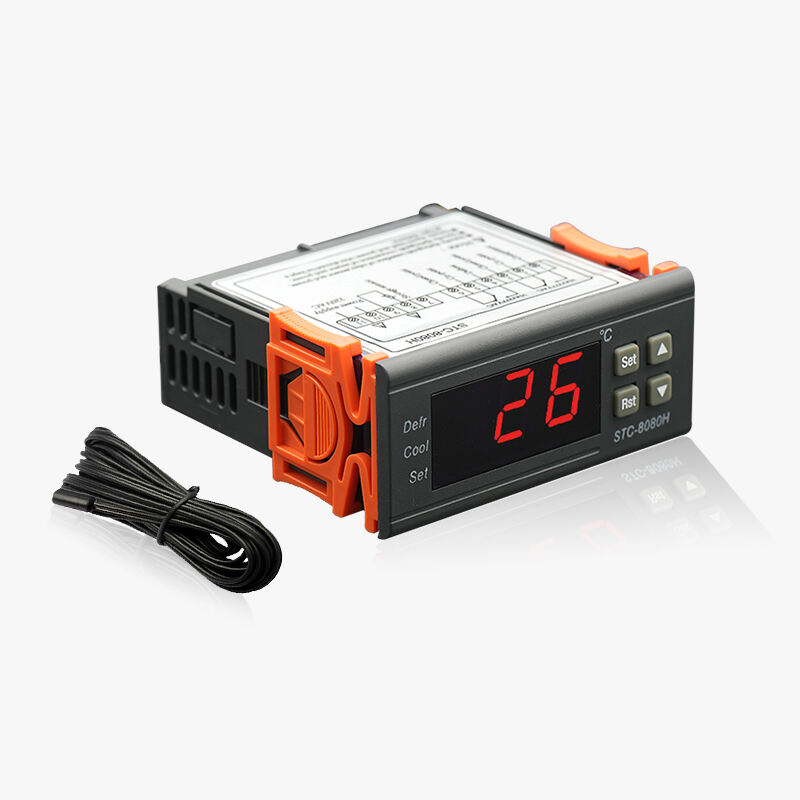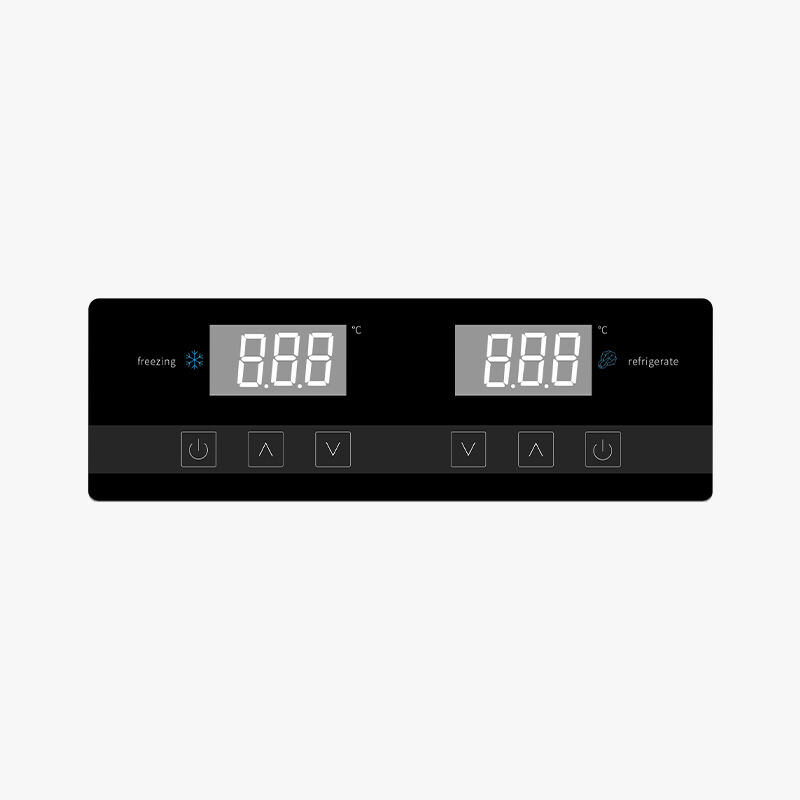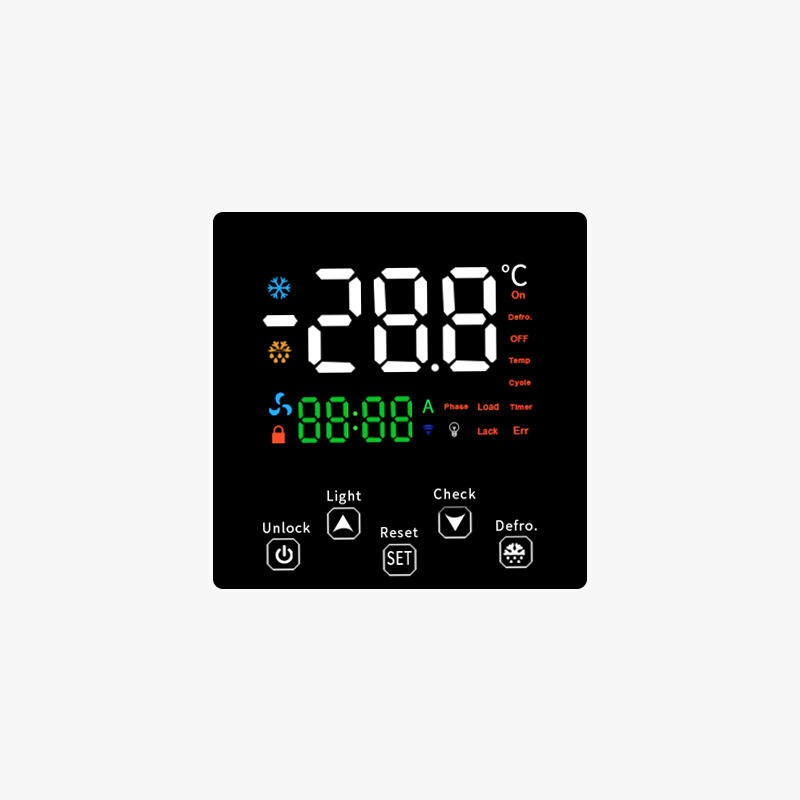Cost-Effective Temperature Control Solutions
Digital temperature controllers offer exceptional value across various price points, making precise temperature control accessible to businesses of all sizes. Entry-level models starting around $30 provide reliable basic functionality, while mid-range options between $100-$200 offer advanced features like multiple sensor inputs and PID control. High-end controllers, though priced higher, deliver sophisticated capabilities including data logging and network connectivity. The cost-effectiveness is further enhanced by reduced energy consumption through smart control algorithms and programmable schedules. These controllers minimize temperature fluctuations, resulting in lower operating costs and improved process efficiency.

